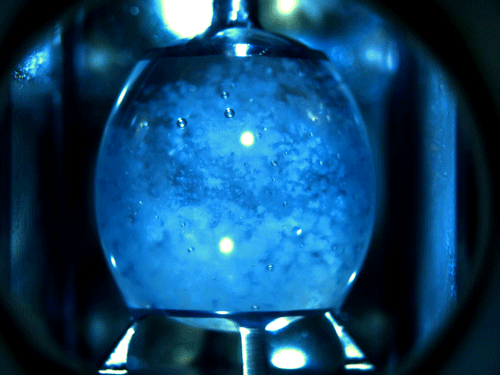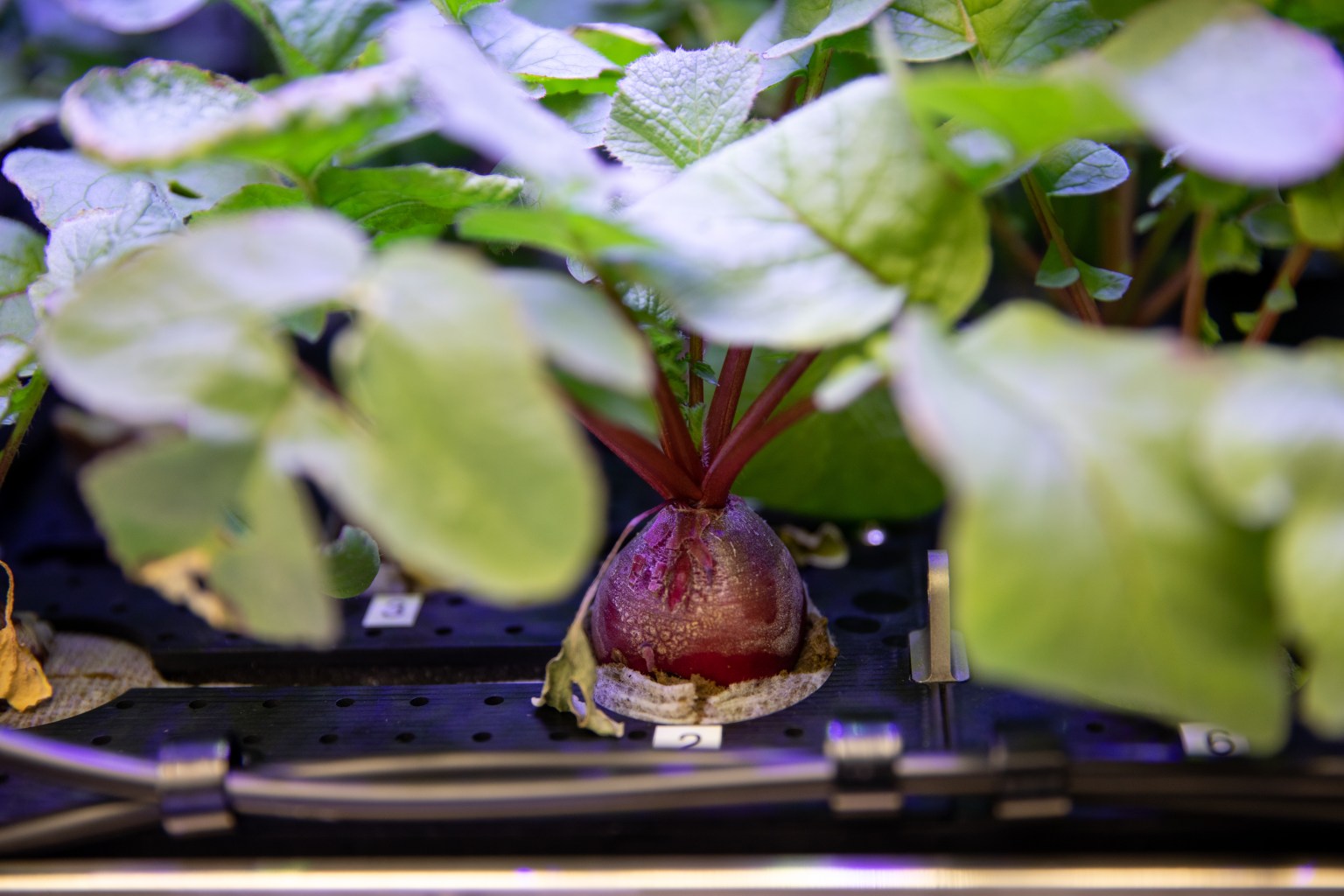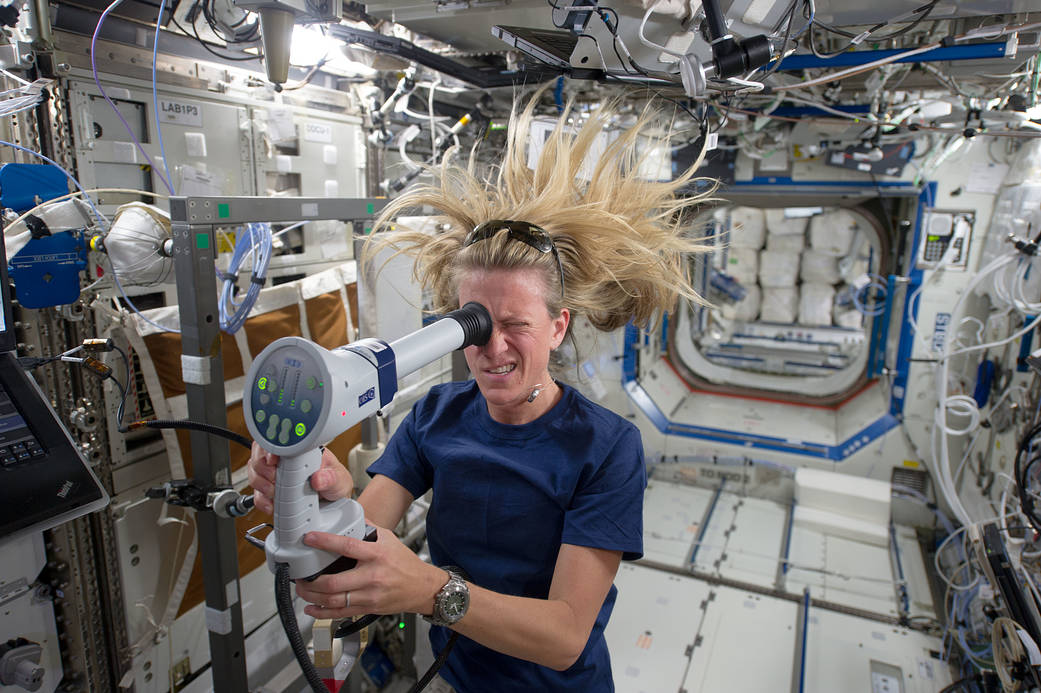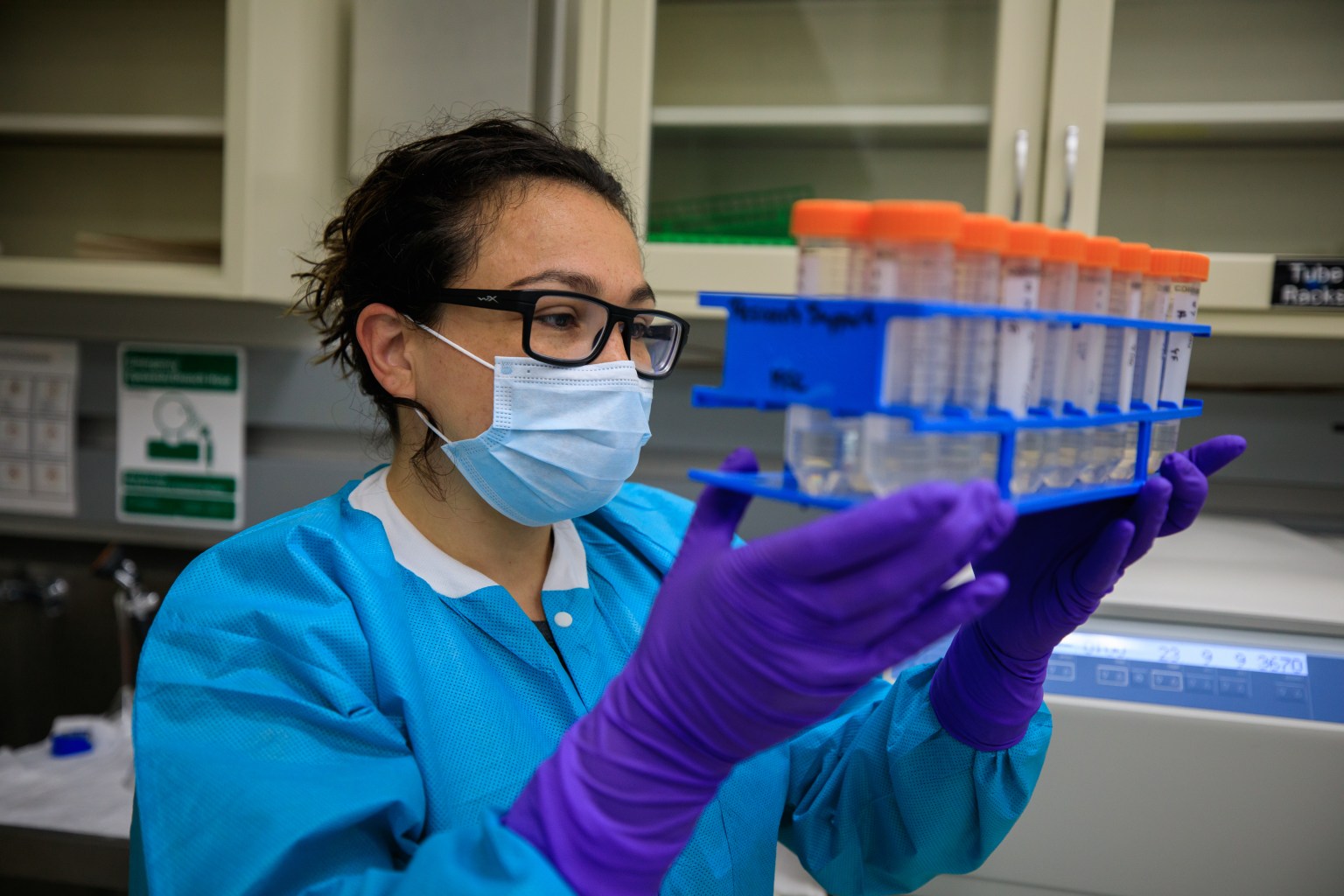The 23rd SpaceX commercial resupply services mission returns samples from scientific experiments on the International Space Station. Back on Earth, scientists anticipate quick access to their experiments for additional observations and analyses.
Dragon undocks from the space station Sept. 30 and is scheduled for splashdown near NASA’s Kennedy Space Center in Florida hours later.
Read more about some of the experiment samples riding the Dragon back to Earth:
Two rings to shear them all
Researchers investigating the mechanisms of certain diseases on Earth must contend with the forces of gravity and the interaction between liquids and solid containers. These forces differ from such interfaces in the body, such as those in arteries and brain tissue, and can affect results. The Ring Sheared Drop (RSD) experiment developed a device that uses surface tension rather than a solid container to hold liquids, something possible only in microgravity. Researchers used the device to study protein aggregates called amyloid fibrils, which may be related to diseases such as Alzheimer’s, Parkinson’s, and type 2 diabetes. The device pins a drop of liquid between two rings and rotates one while keeping the other stationary to create shear flow, or a difference in velocity between adjacent liquid layers. Previous research shows that this shear flow plays a significant role in formation of amyloid fibrils. The study confirmed that the surface tension concept of RSD works for containing protein solutions in space. Fluid extracted after each run is returning to Earth so researchers can determine the extent of protein fibril formation, study their structure, and compare both to what happens in ground-based controls. Results could improve the fundamental understanding of how amyloid fibrils form and are transported, as well as the effects of shear at fluid interfaces relevant to conditions in the body.
Muscling out atrophy
The Japan Aerospace Exploration Agency (JAXA) investigation Anti-Atrophy tests the ability of biomaterials to inhibit muscle atrophy in microgravity. The biomaterials include a muscle loss inhibitor and a material that can accelerate muscle growth. Cells cultured on the space station with and without biomaterials were fixed and stowed in the Minus Eighty Laboratory Freezer for ISS (MELFI) for return to Earth. Researchers plan to compare the two types of cultures to verify the effectiveness of the biomaterials. Results may lead to the production of pharmaceuticals to prevent muscle atrophy, not only for astronauts in space, but also for the elderly on Earth.
This Aug. 20 tweet from @ISS_Research shows JAXA astronaut Akihido Hoshide working on the investigation.
Analyzing drug-metabolizing liver enzymes
Changes in levels of the liver enzymes can affect how the body metabolizes some drugs. Genes in Space-8 tests a technology for monitoring the expression of genes that control these critical enzymes. This test could lead to a better understanding of spaceflight-induced changes in liver gene expression and may support development of new therapies that can account for the body’s adaptations to spaceflight. Samples prepared on the ground launched frozen to the space station. Following each experiment run, images and videos were downlinked, and samples placed in cold stowage before return to Earth for further analysis.
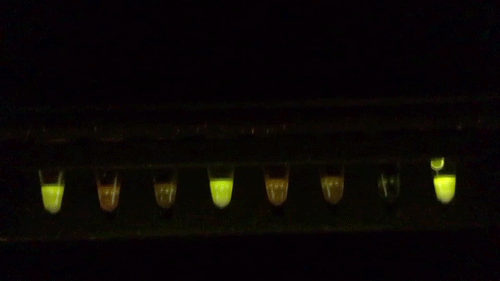
A relatively new capability, returning time-sensitive experiments quickly to Earth allows scientists to look at samples sooner, before gravity has a chance to fully take effect, then follow up with more in-depth analysis at their home labs. Running ground controls and processing flight samples at the same Kennedy Space Center labs also provides more consistent results. With the quick turnaround, investigators also can modify an experiment, learning from the first round to plan for the next.
Live coverage of the departure will begin at 8:45 a.m. EDT Sept. 30 on NASA Television, the agency’s website, and the NASA app. NASA will not provide coverage of the splashdown, but will provide updates on the space station blog.
Melissa Gaskill
International Space Station Program Research Office
Johnson Space Center



























